April 14, 2025 | 02:35 GMT +7
April 14, 2025 | 02:35 GMT +7
Hotline: 0913.378.918
April 14, 2025 | 02:35 GMT +7
Hotline: 0913.378.918
Mr. Pham Kim Dang, Deputy Director of the Department of Livestock Production, shared that despite facing numerous difficulties and challenges in 2024, namely market fluctuations; the impact of storms, floods, and landslides in the northern provinces; heatwaves and droughts in the Central Highlands and Central regions; and saltwater intrusion in the southern provinces, Vietnam's livestock sector has still achieved very positive results.

Deputy Minister Phung Duc Tien congratulated and highly appreciated the achievements of the Department of Livestock Production in 2024. Photo: Trung Quan.
Specifically, Vietnam's livestock industry has achieved remarkable milestones in 2024. The pig herd reached over 31 million, including more than 4 million unweaned piglets, an increase of 3.3% compared to 2023. The poultry population exceeded 575 million, up 2.8%. The buffalo population stood at over 2 million, down 3%, while the cattle population surpassed 6 million, a slight decrease of 0.6%. Total output of live meat reached over 8 million tons, an increase of 5.4% compared to 2023.
The livestock sector surpassed seven key targets set for 2025 under the Livestock Development Strategy for 2021-2030, vision to 2045. Annual production growth reached 5.4% (target: 4-5%). Domestic meat production ranged between 5.6 and 5.8 million tons (target: 5-5.5 million tons). Egg production exceeded 20 billion (target: 18-19 billion). Per capita annual livestock products included 56–57kg of meat (target: 50-55kg) and 220 eggs (target: 180-190 eggs). The pig herd consistently exceeded 31 million (target by 2030: 29-30 million). Silkworm cocoon production surpassed 18,000 tons (target by 2030: 10,000 tons).
In 2024, livestock export turnover exceeded USD 533 million, a growth of 6.5%. Additionally, Vietnam exported over USD 1 billion worth of animal feed and feed ingredients.
Industrial feed production also increased by 3.4%, exceeding 21 million tons. Most feed ingredient prices showed a downward trend compared to 2023: corn dropped over 15%, soybean meal declined by over 10%, defatted rice bran fell nearly 8%, compound feed prices for finishing pigs (60kg and above) dropped 7%, for colored broiler chickens 5%, and for white broiler chickens 5.3%.
Institutional developments were a highlight in 2024. For the first time, provisions for concentrated livestock land were incorporated into the amended Land Law. The government issued Decree 106/2024/ND-CP on August 1, 2024, marking the first comprehensive policy to enhance livestock efficiency.
Furthermore, five priority projects under the Livestock Development Strategy for 2021-2030, vision to 2045, were introduced, forming a robust policy framework. This unprecedented system of regulations is well-aligned with practical demands, regional integration, and global trends.
Looking ahead, the livestock sector aims for a 4-5% production value increase in 2025 compared to 2024. The sector's contribution to overall agricultural output is projected to reach 28-30%.
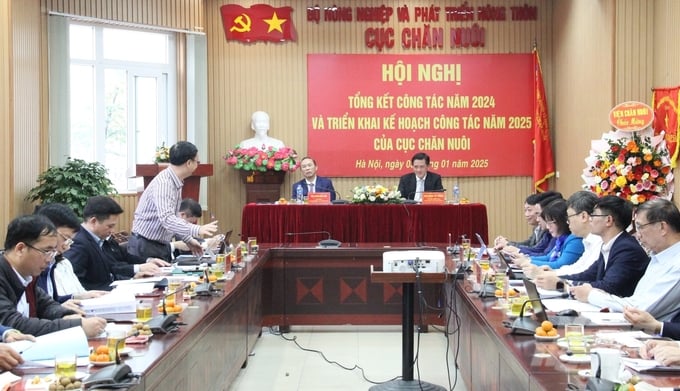
The summary meeting of the Department of Livestock Production for 2024 and the implementation plan for 2025 was held on the afternoon of January 3. Photo: Trung Quan.
The total production of live meat reached over 8.6 million tons (up 4.5%); pork production exceeded 5.4 million tons (up 5%); poultry meat production surpassed 2.53 million tons (up 4.2%); egg production reached about 21 billion eggs (up 4%); milk production exceeded 1.25 million tons (up 4.8%); honey production was 26,000 tons (up 9.2%); and industrial livestock feed production (converted) reached over 22 million tons (up 2.6%).
At the conference, Deputy Minister of Agriculture and Rural Development, Phung Duc Tien, praised the achievements of the Department of Livestock Production in 2024, while emphasizing: In the context of the complex developments of climate change, unpredictable market fluctuations, and persistent disease threats, along with upcoming changes in organizational structure and personnel, the Department of Livestock Production should not be complacent with its current achievements. It is essential to carefully review, evaluate, and improve all legal documents to ensure they are comprehensive, aligned with practical needs, and effectively address real-world issues.
Additionally, there is a need to strengthen inspection and supervision efforts, reduce administrative procedures, and enhance the capacity for forecasting and responding swiftly to unexpected fluctuations to guide the entire livestock sector in maintaining its growth momentum.

In 2025, the livestock sector aims to achieve a production value increase of approximately 4-5% compared to 2024. Photo: Trung Quan.
Deputy Minister Phung Duc Tien also emphasized that in the face of increasingly stringent market demands and fierce competition, coupled with the limitations in Vietnam's livestock science and technology, the Department of Livestock Production, the Livestock Research Institute, and related entities must ensure that research projects, programs, and initiatives are innovative, aligned with global scientific and technological trends, and focused on digital transformation to avoid falling behind.
Additionally, he urged active collaboration with relevant units, associations, local authorities, and especially media organizations to intensify efforts to combat the smuggling of livestock, poultry, and livestock products across borders, thereby creating a conducive environment for domestic livestock production to thrive.
In particular, aligning with the global trend toward safe and low-emission livestock production, the Department of Livestock Production should provide strategic advice on developing mechanisms and policies, while scaling up effective biosecure and circular farming models. It is also essential to encourage the development of value chains connecting businesses with other enterprises and farmers to ensure strict control over all stages of production. This approach will not only elevate the domestic livestock sector but also attract additional investment from external sources.
"State management must serve as a pillar of support for the people and businesses. The Department of Livestock Production must promptly step in wherever difficulties arise, coordinate with relevant units, and promptly propose solutions to resolve issues thoroughly and decisively, leaving no problem unresolved," Deputy Minister Phung Duc Tien emphasized.
Translated by Kieu Chi

(VAN) According to Deputy Prime Minister Bui Thanh Son, through this P4G Summit, Vietnam aims to convey the message of transforming its growth model towards rapid and sustainable development.
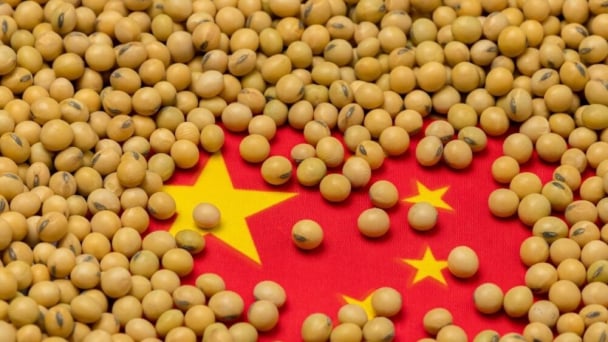
(VAN) Soybean production has been a priority for China to ensure food security, with increased soybean cultivation and yields highlighted in the annual No. 1 Central document.

(VAN) Vietnam Sea and Islands Week 2025 is expected to take place in Quang Binh, featuring a series of meaningful activities aimed at protecting the ocean through green technology solutions.
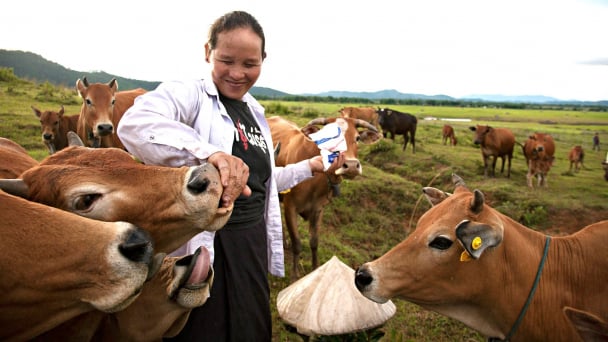
(VAN) The One Health approach is no longer merely an option, as increasingly complex challenges confront health and food systems.
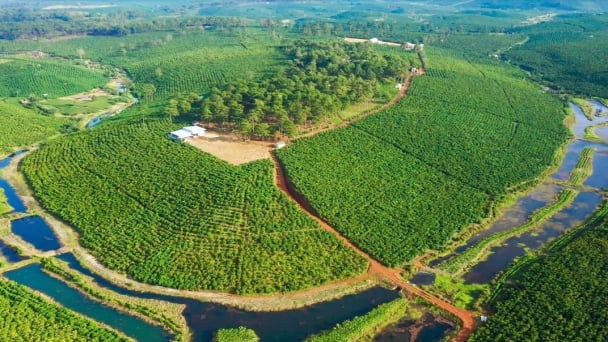
(VAN) The project promoting sustainable coffee production, with a focus on waste management and raising farmers’ awareness, has achieved many positive results after nearly two years of implementation.
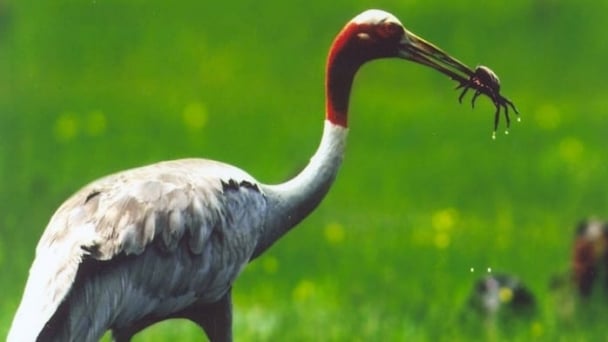
(VAN) Transferring and receiving 6 individuals of the red-crowned crane from Thailand to Vietnam marks a significant milestone in the conservation efforts for this species.
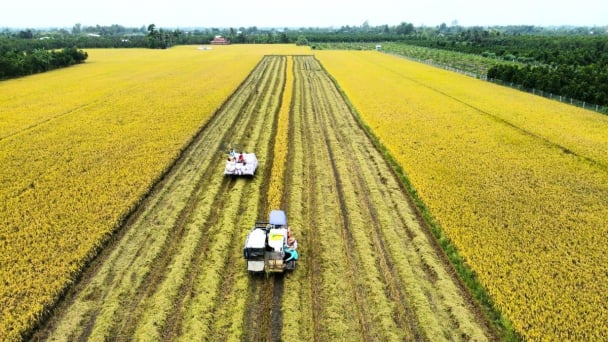
(VAN) After more than a year of implementation, the One Million Hectares of High-Quality, Low-Emission Rice project has completed the first steps, but it needs breakthrough solutions to deepen impacts in the upcoming phase.